Try like this:
public class MyPojo
{
private Boolean actDeact;
private String subscriberId;
// you can add it if you want more ..
public Boolean getActDeact() {
return actDeact;
}
public void setActDeact(Boolean actDeact) {
this.actDeact = actDeact;
}
public String getSubscriberId() {
return subscriberId;
}
public void setSubscriberId(String subscriberId) {
this.subscriberId = subscriberId;
}
}
@RequestBody MyPojo myPojo // use it like this.
Spring would convert the incoming JSON to a MyPojo object from the post body (because you added the @RequestBody annotation) and it would serialize the returned object to JSON (because you added the @ResponseBody annotation).
You can refer
https://docs.spring.io/spring/docs/current/spring-framework-reference/web.html#mvc
for more.
Note:
@RequestParam annotated parameters get linked to specific Servlet
request parameters. Parameter values are converted to the declared
method argument type. This annotation indicates that a method
parameter should be bound to a web request parameter.
@RequestParam can be used if you want to send :
String,Boolean as a parameter without wrapper.
The same way
@RequestBody annotated parameters get linked to the HTTP request body.
Parameter values are converted to the declared method argument type
using HttpMessageConverters. This annotation indicates a method
parameter should be bound to the body of the web request.
So where you send true
which is not a body with method .
it cannot work or convert to json
so it will return some thing 400 status code
An expansion of the 400 Bad Request response code.
If you still need to know more about this you can read the document
of springs.
I hope this helps you....
thank you..

